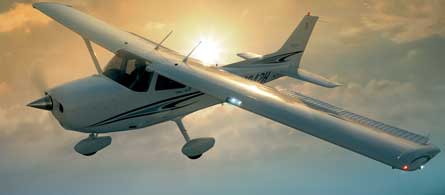Boeing Research and Technology Australia (formerly Phantom Works Australia) and the Australian Research Centre for Aerospace Automation (ARCAA) are undertaking a series of tests over the next month aimed at helping integrate unmanned air vehicles into busy airspace.
Working under Australia's A$10 million ($6.9 million), three-year Smart Skies research project, Boeing and ARCAA are investigating technologies including computer vision that could allow UAVs to see and avoid obstacles, including other aircraft.
So far, a small, unmanned helicopter developed and operated by ARCAA was placed in a conflict scenario with a virtual aircraft over Kingaroy, Queensland, which has airspace set aside for UAV testing. The test used an automatic separation system developed by the Smart Skies partners to avert a collision. The system detected a potential collision and automatically issued new flight trajectories to the aircraft.
In the next stage, a modified Cessna 172R, developed by ARCAA, will be automatically separated from the unmanned helicopter. The partners are also developing unmanned aircraft that can see and perceive airspace in a similar way to human pilots and a low-cost portable air traffic control radar system.
 |
|---|
© Cessna |
Source: Flight International























